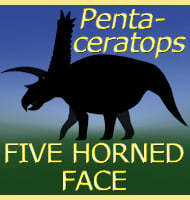Skybalonyx
In Depth Skybalonyx is a genus of drepanosaur that lived in North America during the late Triassic. Drepanosaurs are sometimes referred to as ‘monkey lizards’ for their commonly perceived lifestyle of climbing amongst trees with their enlarged ungual claws gripping branches. However the describers of Skybalonyx have a different interpretation for this genus, instead suggesting … Read more
